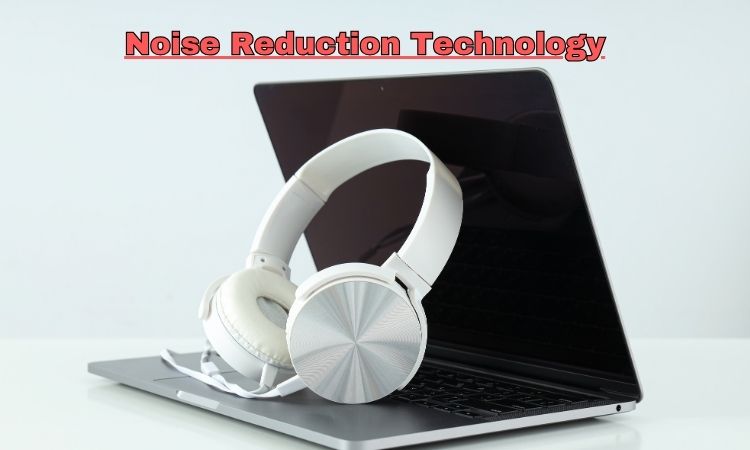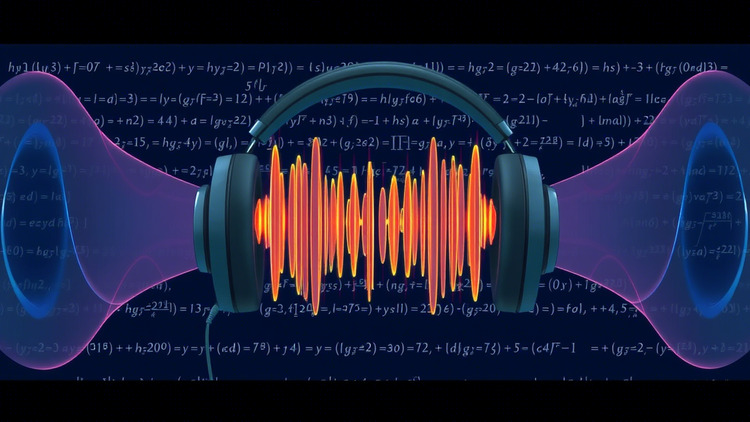
Noise cancellation is highly effective, but what’s better than noise cancellation? Alternatives like spatial audio, transparent hearing, and adaptive sound management offer potentially even greater listening experiences. Learn about innovative options that go beyond mere silence to elevate your soundscape.
Noise-cancelling headphones are a popular choice for blocking distractions, but modern technologies provide more than just silence; they enhance awareness, clarity, and immersion.
This article explores superior alternatives to traditional noise cancellation and how they can transform your listening experience.
Why Noise Cancellation Isn’t Always Enough
Noise cancellation is designed to minimize distractions, but it has inherent limitations that can impact its effectiveness in certain situations.
The Gaps in Traditional Noise Cancellation
- Irregular Sounds: Active Noise Cancellation (ANC) excels with steady, low-frequency noises like the hum of an airplane engine or the drone of traffic. However, it struggles with sudden, high-frequency, or unpredictable sounds like a barking dog, a slammed door, or a baby’s cry. These sounds often leak through, causing a jarring experience.
- User Sensitivity: Some users experience discomfort, such as headaches, ear pressure, or a sensation of fullness, due to ANC’s manipulation of sound waves.
This can make prolonged use of ANC headphones uncomfortable for certain individuals.
When Noise Cancellation Falls Short
For those who need more than just quiet, noise cancellation might not fulfill all requirements. People working in dynamic environments, engaging in outdoor activities, or requiring situational awareness often need solutions that balance noise reduction with the ability to perceive important external sounds and maintain optimal sound quality.
Superior Alternatives to Traditional Noise Cancellation
Active Sound Management
Active sound management adjusts audio input based on your surroundings. Unlike noise cancellation, which focuses solely on reducing noise, this technology enhances beneficial sounds while minimizing distractions.
It uses microphones to analyze the surrounding environment and algorithms to process and adjust the audio accordingly.
- Key Feature: Dynamic adjustments to ensure optimal listening in various environments, such as busy streets or quiet cafes. The system automatically adapts to changes in the sound environment.
- Example: Technologies like Sony’s Adaptive Sound Control analyze your activity and location to automatically switch between different sound processing modes.
This approach creates a more seamless and personalized listening experience by blending external awareness with sound clarity.
Bone Conduction Technology
Bone conduction technology transmits sound vibrations through the bones of the skull directly to the inner ear. This method bypasses the eardrum entirely, making it an excellent choice for those who need to stay alert to their surroundings.
- Key Benefits:
- Open-ear design ensures situational awareness.
- Potentially reduces ear fatigue caused by prolonged headphone use by avoiding pressure on the ear canal.
Bone conduction headphones are particularly popular among runners, cyclists, and outdoor enthusiasts who prioritize safety and awareness.
However, they are generally not known for delivering the same level of audio quality as traditional headphones, especially in terms of bass response.
Acoustic Echo Cancellation (AEC)
Acoustic Echo Cancellation focuses on eliminating echoes during conversations or audio playback, ensuring clarity without isolating the listener from their environment. It identifies and cancels out reflected sound waves, improving the quality of voice communication.
- Applications:
- Enhances call quality in virtual meetings.
- Ensures clear communication even in echo-prone spaces.
This technology improves sound quality and intelligibility while maintaining a natural listening environment, making it ideal for professional settings and remote work.
Features that Enhance Listening
Transparent Hearing Modes
Transparent hearing modes, also known as ambient sound modes, allow you to hear important ambient sounds while still reducing unwanted noise. This feature is especially useful for outdoor activities where awareness is crucial.
- Ideal Scenarios: Jogging, commuting, or socializing in public spaces.
- Examples: Devices like the Sennheiser Momentum True Wireless earbuds seamlessly integrate transparency features.
By selectively letting in certain sounds, these modes strike a balance between noise isolation and engagement with the surrounding environment.
Spatial Audio Technology
Spatial audio creates a 3D sound environment that mimics how you perceive sounds in real life.
This immersive technology enhances the listening experience by creating a sense of depth and directionality.
- Examples: Apple’s Spatial Audio and Dolby Atmos are popular implementations of this technology.
- Advantages:
- Realistic sound positioning.
- Enhanced immersion for entertainment like movies, music, and gaming.
Spatial audio delivers a richer and more engaging auditory experience, taking entertainment to the next level.
Hybrid Noise Cancelling
Hybrid noise cancelling combines active and passive techniques for comprehensive sound isolation. Passive noise cancellation relies on physical barriers like earcup design and materials, while active noise cancellation uses electronic processing to neutralize unwanted sounds.
- Better Noise Reduction: Blocks a wider range of frequencies by combining both methods.
- Comfortable Listening: Can potentially reduce the pressure effect sometimes associated with active noise cancellation alone.
This hybrid approach is ideal for those who want enhanced quiet without compromising comfort.
Real-Life Scenarios: When Alternatives Shine
Outdoor Adventures
Transparent hearing modes and bone conduction headphones keep adventurers aware of their surroundings while enjoying music or podcasts. These technologies are valuable for hikers, joggers, and cyclists navigating busy paths, remote trails, or urban environments.
They allow users to be aware of traffic, other people, or potential hazards while still enjoying their audio content.
Professional Settings
Acoustic Echo Cancellation is crucial for remote work and professional calls. It ensures clear communication in echo-prone environments like home offices or open workspaces, minimizing distractions and improving the quality of virtual meetings and conference calls.
Fitness and Movement
Bone conduction headphones are a popular choice for athletes. Their open-ear design offers a blend of sound quality and situational awareness, ensuring safety during workouts or outdoor training sessions by allowing users to hear their surroundings and potential hazards.
Commuting and Travel
Active Sound Management and Hybrid noise cancelling excel in these scenarios.
Active sound management adapts to the changing noise levels on a commute, filtering out excessive noise while allowing important announcements or warnings to be heard. Hybrid noise cancelling provides strong noise reduction for a more peaceful journey on planes, trains, or buses.
Relaxation and Focus
Traditional noise cancellation is effective for blocking out distractions in quiet environments like libraries or home offices.
However, technologies like Active Sound Management can also create a more personalized soundscape, incorporating calming nature sounds or white noise while minimizing disruptive noises.
FAQ
What Are the Best Alternatives to Noise Cancellation for Outdoor Use?
Bone conduction headphones and transparent hearing modes are ideal for outdoor activities, offering situational awareness while delivering clear sound.
Can These Alternatives Be Combined With Noise Cancellation?
Yes, hybrid technologies and advanced headphones often integrate features like active sound management, transparent hearing, and spatial audio with noise cancellation for a more versatile and comprehensive listening experience.
Are These Technologies More Expensive?
Some advanced options may have higher upfront costs, but they offer enhanced features that justify the investment for specific use cases. Many headphones now offer a combination of features, so consider your individual needs and budget when choosing.
What are the disadvantages of bone conduction headphones?
While offering situational awareness, bone conduction headphones typically have lower bass response and may experience sound leakage at higher volumes, potentially disturbing others nearby.
Is spatial audio suitable for all types of music?
While spatial audio enhances the immersive experience for many genres, its effectiveness can vary depending on how the music was mixed and mastered. Some recordings may benefit more than others from spatial audio processing.
Conclusion
While noise cancellation remains an effective technology for reducing unwanted noise, alternatives like transparent hearing, spatial audio, active sound management, and bone conduction provide tailored solutions for different needs and preferences. These technologies go beyond simple noise reduction, elevating your listening experience by combining sound clarity with environmental awareness, enhanced immersion, and personalized sound control.
Explore these options to redefine how you hear the world and find the perfect audio solution for your lifestyle.






